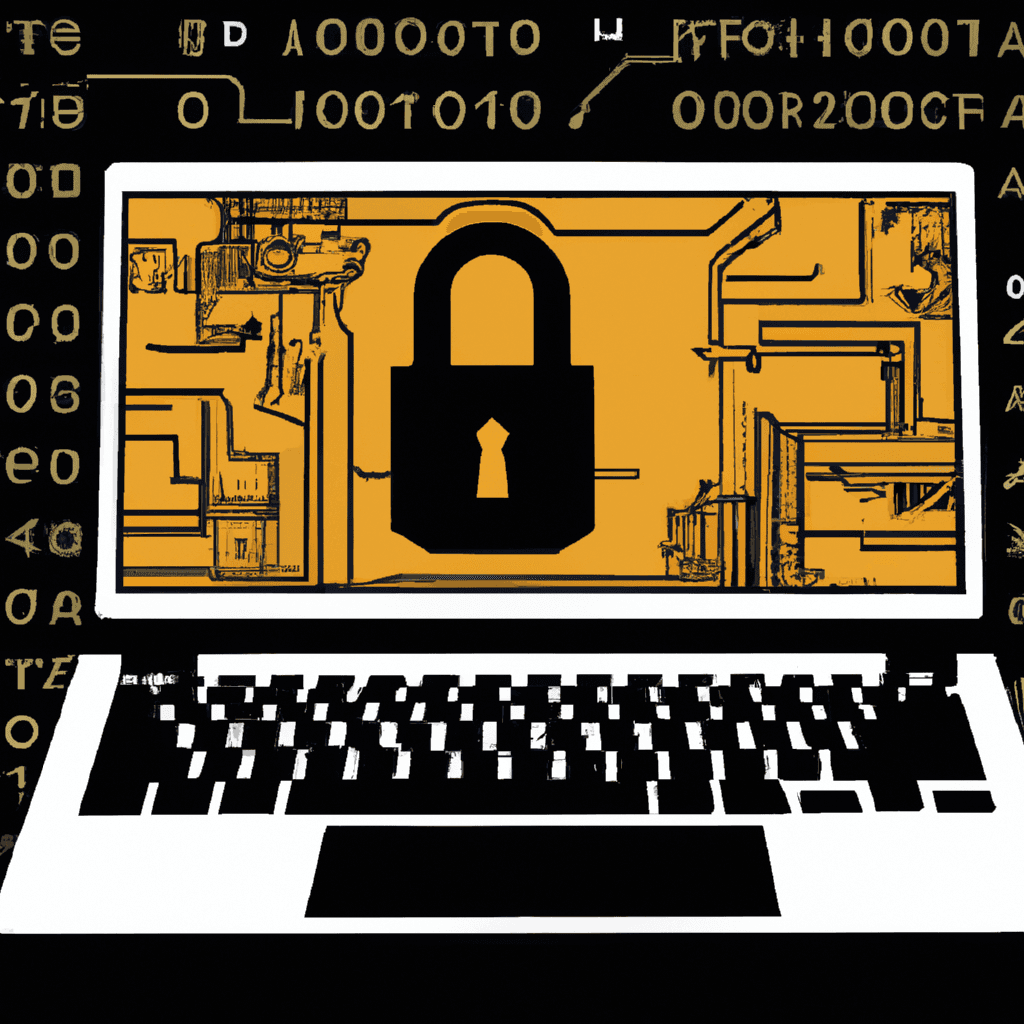Must-Use Cybersecurity Tools Today: Importance, Benefits, Costs, and Recommendations

Importance of Cybersecurity Tools
Cybersecurity tools defend individuals, businesses, and networks from digital attacks that can lead to financial losses, theft of sensitive information, and damage to reputation. These tools are vital for maintaining privacy, securing data, and ensuring continuity in operations. They are particularly crucial in industries like finance, healthcare, and public services where data sensitivity is high.
How Cybersecurity Tools Help
- Protection Against Threats: Tools like antivirus software, firewalls, and intrusion detection systems actively monitor and block malicious activities and threats.
- Data Encryption: Encryption tools protect data at rest, in use, and in transit, ensuring that sensitive information is only accessible to authorized users.
- Risk Assessment: Cybersecurity tools help identify vulnerabilities within a system or network, allowing for proactive management of risks.
- Compliance: Many industries have regulatory requirements for data security. Compliance tools help ensure that businesses meet these standards, avoiding hefty fines and penalties.
Must-Use Cybersecurity Tools
- Antivirus Software: This is the most basic form of cybersecurity. Companies like Norton, McAfee, and Bitdefender offer comprehensive packages that scan and protect against malware.
- Firewalls: These act as barriers between your network and external threats, monitoring traffic and blocking suspicious activity. Check out products from Cisco or Fortinet.
- Encryption Tools: Tools like VeraCrypt and BitLocker provide robust encryption solutions to secure your data.
- VPN Services: Virtual Private Networks (VPNs) like NordVPN or ExpressVPN encrypt internet traffic, enhancing online privacy and security.
- Two-Factor Authentication (2FA): Services like Google Authenticator or Duo Security add an extra layer of security by requiring a second form of identification before access is granted.
Advanced Cybersecurity Tools and Strategies
1. Advanced Threat Protection (ATP) | Microsoft ATP: Microsoft ATP
ATP systems go beyond traditional antivirus solutions by using more sophisticated methods to detect and respond to new threats. They typically include features such as sandboxing, where suspicious programs are run in a safe, isolated environment to analyze their behavior without risking the main system. Microsoft ATP and Symantec Endpoint Protection are notable examples.
2. Security Information and Event Management (SIEM) | Symantec Endpoint Protection: Symantec
SIEM tools provide real-time analysis of security alerts generated by applications and network hardware. They help in detecting and responding to security threats by aggregating data from multiple sources and identifying patterns that may indicate a potential security incident. Splunk and IBM QRadar are popular SIEM systems.
3. Network Detection and Response (NDR) | Darktrace: Darktrace | Vectra: Vectra AI
NDR tools monitor network traffic to identify threats that evade traditional security measures. They use machine learning and other advanced analytics to detect anomalies and potentially malicious activities within network traffic. Darktrace and Vectra are leaders in this field.
4. Cloud Access Security Brokers (CASB) | McAfee MVISION Cloud: McAfee | Netskope: Netskope
As more organizations move to cloud-based services, CASBs become crucial. They sit between cloud service consumers and cloud service providers to enforce security policies, compliance, and prevent data leaks. They are particularly useful in multi-cloud environments. Examples include McAfee MVISION Cloud and Netskope.
Specialized cybersecurity tools
1. Endpoint Detection and Response (EDR)
EDR tools are critical for organizations to monitor, detect, and respond to threats on endpoints like laptops, desktops, and mobile devices. These tools provide continuous monitoring and collect endpoint data to help security teams detect advanced threats quickly, investigate the scope of a breach, and respond efficiently. Popular EDR tools include:
- CrowdStrike Falcon: Known for its cloud-native platform that offers real-time threat detection. Visit CrowdStrike
- SentinelOne: Focuses on automated EDR processes driven by machine learning. Visit SentinelOne
2. Identity and Access Management (IAM)
IAM tools help manage identities and regulate user access within an organization through authentication, authorization, roles, and policies. They ensure that appropriate users have access to the technology resources they need. Examples include:
- Okta: Offers robust user authentication and authorization capabilities. Visit Okta
- Microsoft Azure Active Directory: Provides identity services that integrate with Microsoft’s cloud platform.Visit Microsoft Azure AD
3. Vulnerability Management Tools
These tools help in identifying, categorizing, prioritizing, and resolving vulnerabilities such as software bugs or misconfigurations. Effective vulnerability management is a proactive approach to security. Some well-regarded tools in this category are:
- Qualys: Offers cloud solutions that provide real-time visibility of IT assets and vulnerabilities. Visit Qualys
- Rapid7 InsightVM: Known for its live monitoring and endpoint analytics. Visit Rapid7
4. Security Orchestration, Automation, and Response (SOAR)
SOAR tools help automate the response to cyber threats, improving the efficiency of security operations centers (SOCs). They integrate with other security tools to automate responses to security incidents. Examples include:
- Splunk Phantom: Provides automation and orchestration capabilities to streamline operations. Visit Splunk
- IBM Resilient: Offers intelligent orchestration, automation, and incident response. Visit IBM Resilient
5. Data Loss Prevention (DLP)
DLP tools are designed to prevent data breaches by detecting potential data exfiltration transmissions and preventing them by monitoring, detecting, and blocking sensitive data while in use, in motion, and at rest. Key DLP tools include:
- Symantec Data Loss Prevention: Delivers a comprehensive approach to information protection. Visit Symantec DLP
- McAfee Total Protection for Data Loss Prevention: Automates the response to incidents that pose a risk to organizational data. Visit McAfee
6. Web Application Firewalls (WAF)
WAFs are essential in protecting web applications by filtering and monitoring HTTP traffic between a web application and the Internet. They protect applications from issues like SQL injection, cross-site scripting (XSS), file inclusion, and security misconfigurations. Popular WAFs include:
- Cloudflare WAF: Offers a cloud-based solution for real-time threat protection. Visit Cloudflare
- Imperva Cloud WAF: Known for its advanced client classification and bot protection. Visit Imperva
Costs of Using Cybersecurity Tools
The cost of cybersecurity tools can vary widely:
- Antivirus Software: Typically ranges from $20 to $100 per year per device.
- Firewalls: Can cost from a few hundred to thousands of dollars, depending on the scale of protection.
- VPNs: Usually available for $5 to $12 per month.
- 2FA: Often free for basic versions, but professional services might cost per user per month.
Cost Considerations for Advanced Tools
The cost of advanced cybersecurity tools can vary significantly based on the features, scale, and specific needs of the business:
- ATP Solutions: These may start from a few dollars per user per month to much higher, depending depending on the level of protection and the size of the organization. Enterprises might expect costs to range from $30 to $100 per user per month.
- SIEM Tools: Implementing a SIEM solution can be one of the more expensive cybersecurity investments. Costs can range from $2,000 to over $100,000 annually depending on the scale, with additional fees for professional services and support.
- NDR Tools: Pricing for NDR solutions also varies widely based on the complexity and scope of the deployment. Small to medium businesses might expect costs to start at around $10,000 annually, while large enterprises could see much higher prices.
- CASBs: The cost for CASBs can range from $5 to $25 per user per month, depending on features like real-time data protection, threat protection, and compliance support.
Where to Find These Tools
- Antivirus Software: Visit sites like Norton, McAfee, or Bitdefender for more information and purchase options.
- Firewalls: Cisco (Cisco) and Fortinet (Fortinet) offer a range of products suitable for different needs.
- VPNs: For VPNs, check out NordVPN or ExpressVPN.
- 2FA Tools: Explore Google Authenticator or Duo Security.
Finding and Choosing the Right Tools
When selecting advanced cybersecurity tools, consider the following steps:
- Assess Your Needs: Understand your specific security requirements. Consider factors such as the type of data you handle, compliance requirements, and existing security infrastructure.
- Evaluate Features: Look for features that align with your security needs. For advanced tools, consider the quality of threat intelligence, ease of integration with existing systems, and the level of automation and support offered.
- Free Trials and Demos: Many vendors offer free trials or demo versions of their tools. Use these to test how well the tool integrates with your existing systems and meets your security needs.
- Consult Reviews and References: Look at reviews from other users and consult industry benchmarks. Websites like Gartner Peer Insights, Capterra, and TechRadar provide comprehensive reviews and comparisons.
Conclusions:
Selecting the right cybersecurity tools requires a thorough understanding of your organizational needs, the sensitivity of your data, regulatory requirements, and the existing IT infrastructure. As cyber threats continue to evolve, so must the technologies and strategies used to combat them. Implementing advanced tools that incorporate machine learning and artificial intelligence can provide a competitive edge in cybersecurity. Regular updates and audits of these tools and strategies are crucial for maintaining effective defenses against an ever-expanding array of cyber threats. Equip your organization with these advanced tools to navigate the digital world securely and confidently.

Unleashing Creativity: 40 Unique Prompts for Effective UI Generation

Face-Off: Taiga UI vs ReactJS vs Vue.js vs NextJs vs Qwik

Kickstart Your Journey with Generative AI: A Beginner’s Guide to Integrating AI Creativity in Your Programs

Master Cover Letter Guide: Create Winning Applications

promptyourjob.com

Cracking the Code: Top JavaScript Interview Questions to Prepare For

Top 101 Python Backend Repositories for Developers

Navigating High-Paying Tech Careers: A Guide to Top-Tier Opportunities

Mastering the Interview: 101 Essential Data Science Questions and Answers

Skyrocket Your Tech Career: Top Free Online Courses to Explore

Embracing Efficiency: A Guide to CI/CD Adoption and the Top Tools to Streamline Your Development Process

How to Write an Impressive Letter of Work Experience: Strategies and Tips

Navigating the Labor Market Landscape: Embracing Resource and Energy Engineering in the Age of AI

Insider Resume and Cover Letter Strategies for Success From a Senior Recruiter

Mastering Job Interviews Across Diverse Industries: Your Ultimate Guide

Is an Online Master of Science in Analytics the Key to a Successful Career Change?

Supercharge Your Team: Top AI Tools to Enhance Productivity in Development, Product Management, and Sales

How AI is Unleashing the Job Market and Trends in 2024

Ransomware Guide: Protect and Prevent Attacks

Understanding Entry-Level Positions

What is Docker?

Mastering Resume Formats: A Guide to Optimal Job Application

Single Sign-On (SSO) Basics: Security & Access

Mastering Linux: Essential Advanced System Techniques

Python Interview Questions: Master All Levels

Top Programming Books for Job Interviews

Kafka vs Amazon MQ on AWS: A Comprehensive Comparison

Mastering Jira: A Comprehensive Guide for Beginners

Ace Your Interview: Top Tips for a Memorable Impression

PostgreSQL basics

Postgres 101: Essential Interview Q&A to Ace Your Database Interview

What is CSS: The Stylist of the Web

Integrating Domain Knowledge with Technological Prowess: A Strategic Approach
